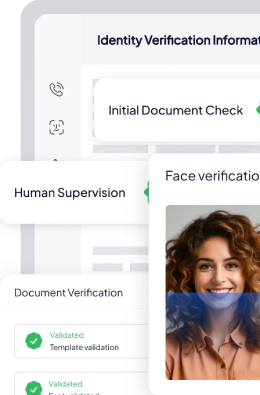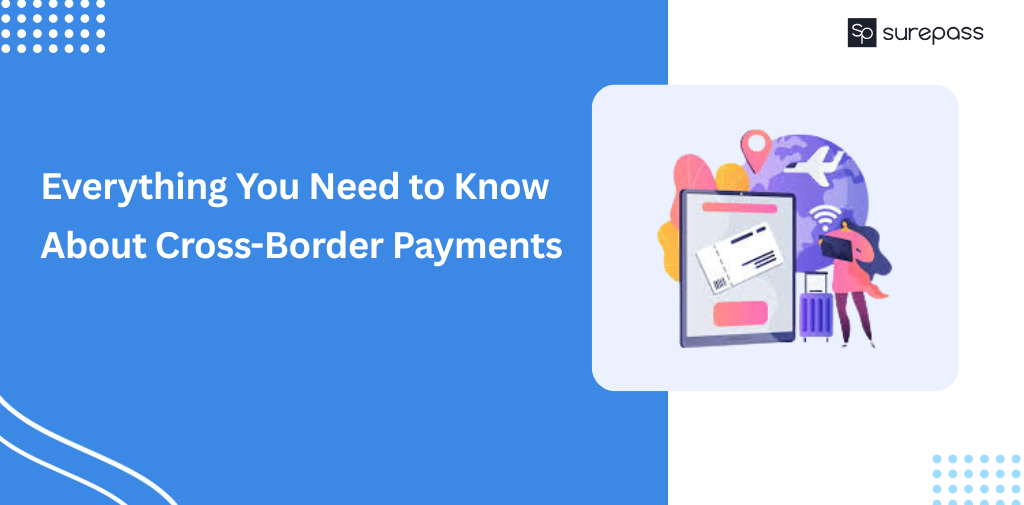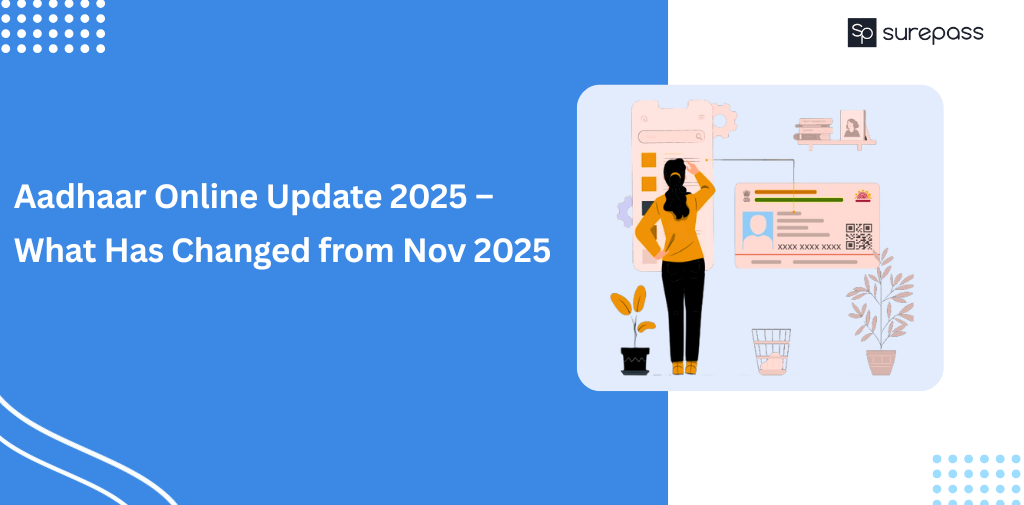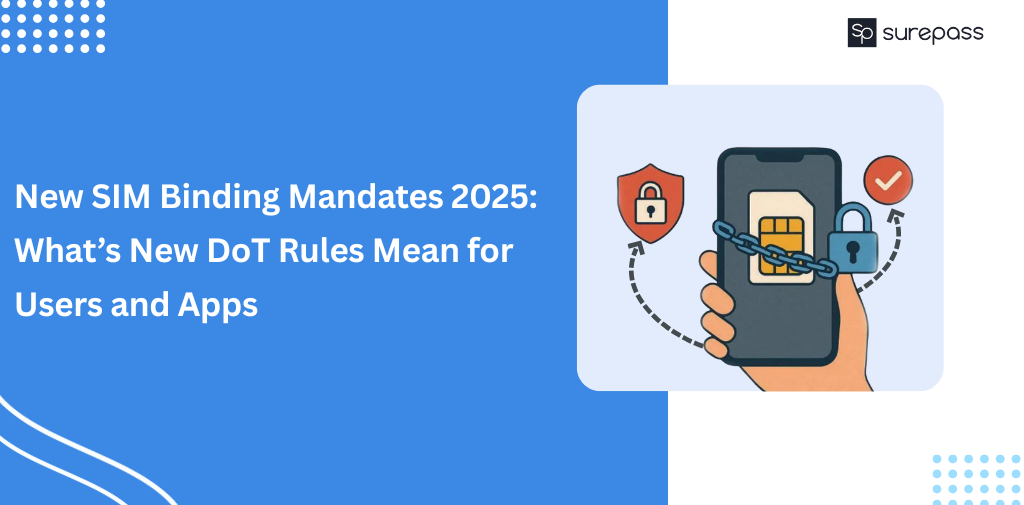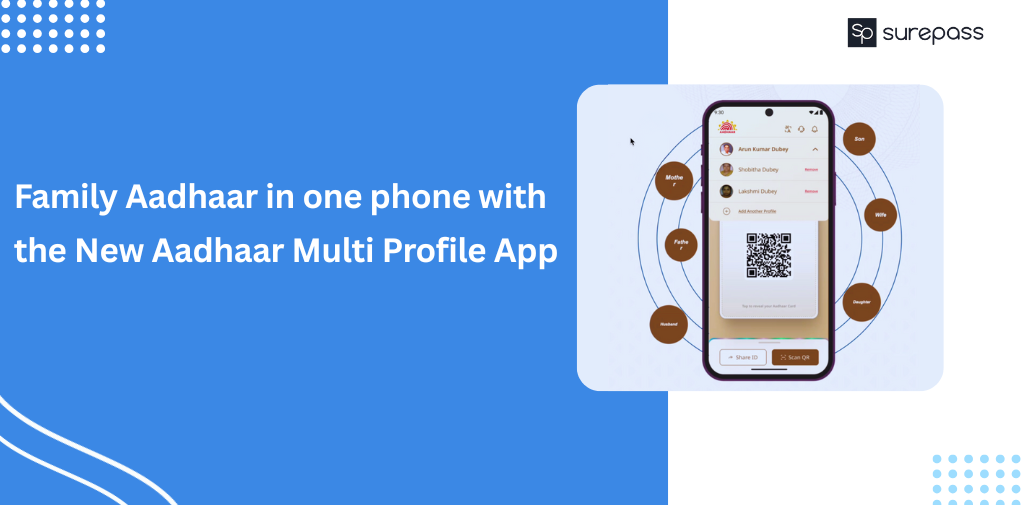Global economy, sending and receiving money across countries has become more common than ever. International transactions are called cross-border payments. Whether it’s a company importing goods, or a family receiving money from a relative working abroad. India is the largest recipient of remittances, heavily depends on these systems for economic and social well-being. New technologies like blockchain are now offering better solutions that make payment faster, safer, and cost-effective.
What are Cross-Border Payments?
Cross-border payments are made when the payer and the recipient reside in different nations. They can be made by individuals as well as companies or banks, and are crucial to global commerce, e-commerce, remittances, as well as investments.

Why are cross-border payments important?
These are reasons why cross-border payments are essential.
- Helps in Global Trade and Business
This payment method helps businesses buy and sell goods and services internationally. Importers and exporters depend on speedy and reliable payment for completing deals, managing the flow of cash, and expanding beyond boundaries.
- Supporting Remittances
Millions of workers send money home every month. Our country, India, is the largest remittance recipient for cross-border payments.
- Global Investments
Financial Institutions and investors transfer money across the border to purchase investments in startups and build assets. These transactions are important for FDI (Foreign Direct Investment).
- Financial Inclusion
Cross-border payment systems help reduce transaction costs. It enables people in low-income or rural areas to access global financial networks.

Challenges of Cross-Border Payments in India
Here are the challenges you face in cross-border payments:
- Intermediary Fees
Multiple banks and financial institutions involved in cross-border transactions can charge various fees. It includes bank fees, currency conversion charges, and significantly increase the overall cost.
- Verifying Regulations
Different countries have different regulations regarding financial transactions, adding another layer of complexity for businesses operating internationally.
- Fraudulent Activities
Transactions are prone to fraud and cybersecurity risks. It requires robust security measures to protect sensitive financial information.
- Multi-Day Settlements
These payments can take several days to be processed due to the involvement of multiple intermediaries and differing banking hours across time zones.
Automate your KYC Process & reduce Fraud!
We have helped 200+ companies in reducing Fraud by 95%
Blockchain in Cross-Border Payments: How does it work?
Traditional payment methods depend on the network of in termediaries like correspondent banks, clearinghouses, and central banks. Here is how blockchain works in Cross-Border Payments:
- Decentralised Ledger
Instead of depending on a central bank or clearinghouse, blockchain maintains a shared ledger that records transactions across a distributed network of computers. Every transaction is recorded transparently without any issue of tampering.
- Real-Time Settlement
You can verify transactions on a blockchain in real time. You don’t have to wait for bank working hours or international business days. It reduces the settlement time from days to minutes or even seconds.
- Eliminates the need for intermediaries
With blockchain, payments are made directly between sender and receiver. It reduces the need for multiple banking layers or correspondent banks. It lowers fees and fewer delays.
- Cryptographic Security
Blockchain transactions use advanced cryptography for security and authenticity. Each transaction is verified through consensus mechanisms. It makes the network resistant to fraud or double-spending.
- Tokenized Currency Transfer
Blockchain networks often use stablecoins (like USDC or USDT) or central bank digital currencies (CBDCs) for transferring value.
Disadvantages of Blockchain Technology
- Higher Energy Consumption: A majority of blockchains require a lot of energy in order to verify transactions.
- Problems with Scalability: It is able to handle fewer transactions per second than the traditional method.
- Regulative Uncertainty: A lot of countries have ambiguous or evolving laws concerning blockchains and cryptocurrencies.
- Irreversible transactions: Once a transaction has been confirmed by the blockchain. The transaction cannot be changed or reversed.
Conclusion
Cross-border payments are an important part of the global economy. International trade, remittances, investments, and financial inclusion. Our country, India, is the largest remittance recipient; efficient and secure cross-border systems are essential for socio-economic development. However, the traditional systems come with many challenges that include high fees, delayed settlements, and complexities. Technology like blockchain is coming as an effective solution for this kind of payment. It enables real-time settlements, eliminates intermediaries, and enhances security.
FAQs
Ques: What is a Cross-Border Payment?
Ans: It is the payments or transactions sent or received from one country to another.
Ques: What is another name for cross-border payments?
Ans: Another name for the cross-border payment is international payment.
Ques: What currency is used for cross-border payments?
Ans: All currencies are used for cross-border payments.
Ques: What is the difference between cross-border payments and remittances?
Ans: It is used for a wider terms that include all international financial transactions. While remittances are the payments sent by a person to a family or friend.
Ques: Can blockchain reduce cross-border transaction time?
Ans: Yes, blockchain reduces the cross-border transaction time.
